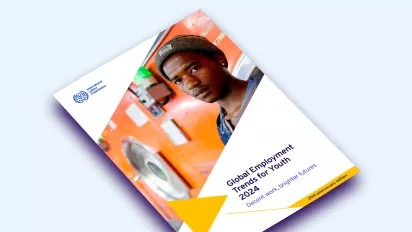
Decent work, brighter futures
Global Employment Trends for Youth 2024

Global Employment Trends for Youth 2024
Number of youth not in employment, education, or training (NEET) a cause for concern, despite falling jobless rate

Topic portal
Youth employment